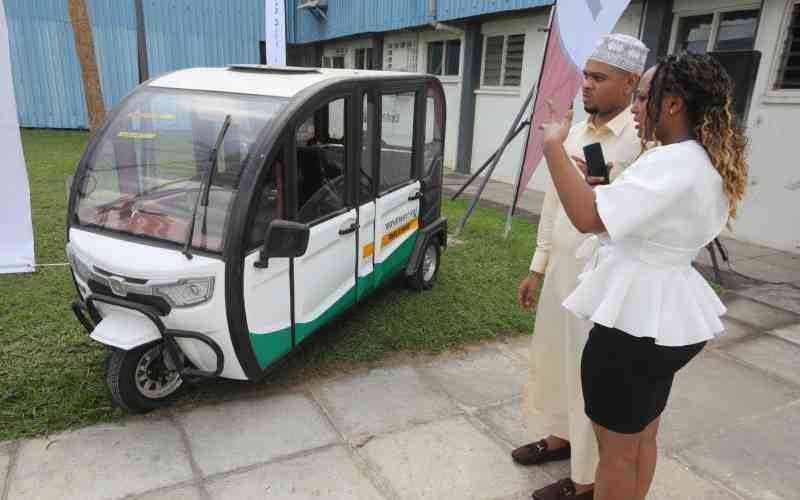
In September, President William Ruto signalled Kenya's readiness to adopt electric vehicles by driving himself, in one, to the venue for Africa Climate Summit, at the Kenyatta International Convention Centre, in Nairobi. It was, apparently, his way of showing the country's commitment to reducing the carbon emissions and contributing to the global dream of a clean environment. Kenya aims to reduce greenhouse gas emissions by 30 per cent by 2030.
Transport contributes about 30 per cent of carbon emissions globally, with 72 per cent of this being from road transport vehicles. And so, the push for the re-engineering of how we power our road transport, especially the use of electric vehicles, needs all the support it can get.